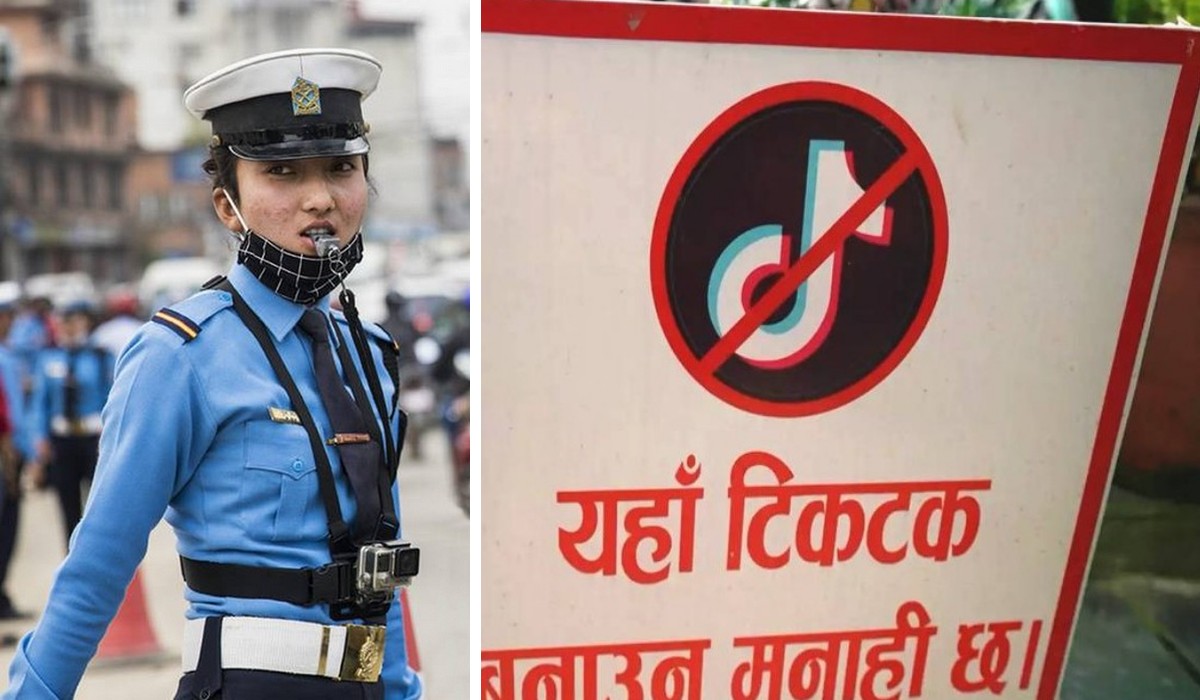“No TikTok” – signs with such an appeal can now be found in many places near the sights of Nepal, first of all, near popular temples and places of Buddhist pilgrimage. These include the Bodnath Stupa in Kathmandu, the Buddhist pilgrimage site of Lumbini, the Ram Janaki Temple in Janakpur, and the Gadhimai Temple in Bari. “Our task is to disperse destructive “selfie crowds” and restore peace in sacred places,” the creators of the signs explain.
Although one video in the application can last only 15 seconds, crowds of bloggers posing and dancing have become a real audiovisual “pollution” of the space. “Making TikTok videos with loud music creates inconvenience for pilgrims from all over the world who come to the birthplace of Gautama Buddha,” commented Sanuraj Shakya, a representative of the Lumbini Development Foundation, which manages the Lumbini shrines. That is why they banned filming on TikTok in and around the sacred garden, where the main temples are located.”
At the same time, as experts in the local media add, foreign tourists are often useless. Crowds of tik-tokers are mostly local youth. The popularity of the new social network risks leading to the example of places of worship being followed by others. For example, bloggers were blamed for traffic jams after they flocked to one of Kathmandu’s streets, decorated with brightly colored umbrellas designed to attract tourists. Local farmers, whose fields are located in good places, are also outraged – bloggers, posing, literally destroy the harvest, and the population does not know what to do with this “disaster”.

